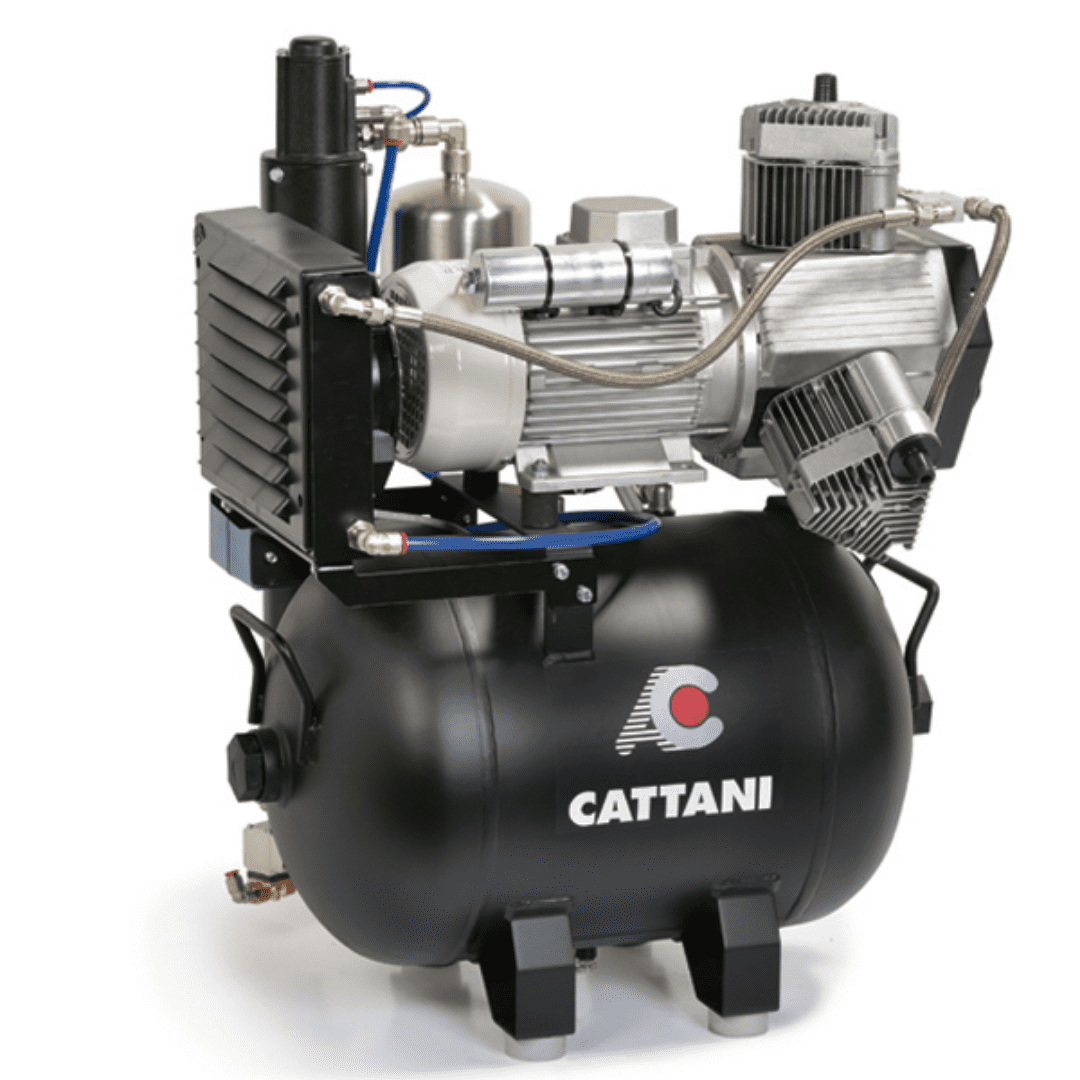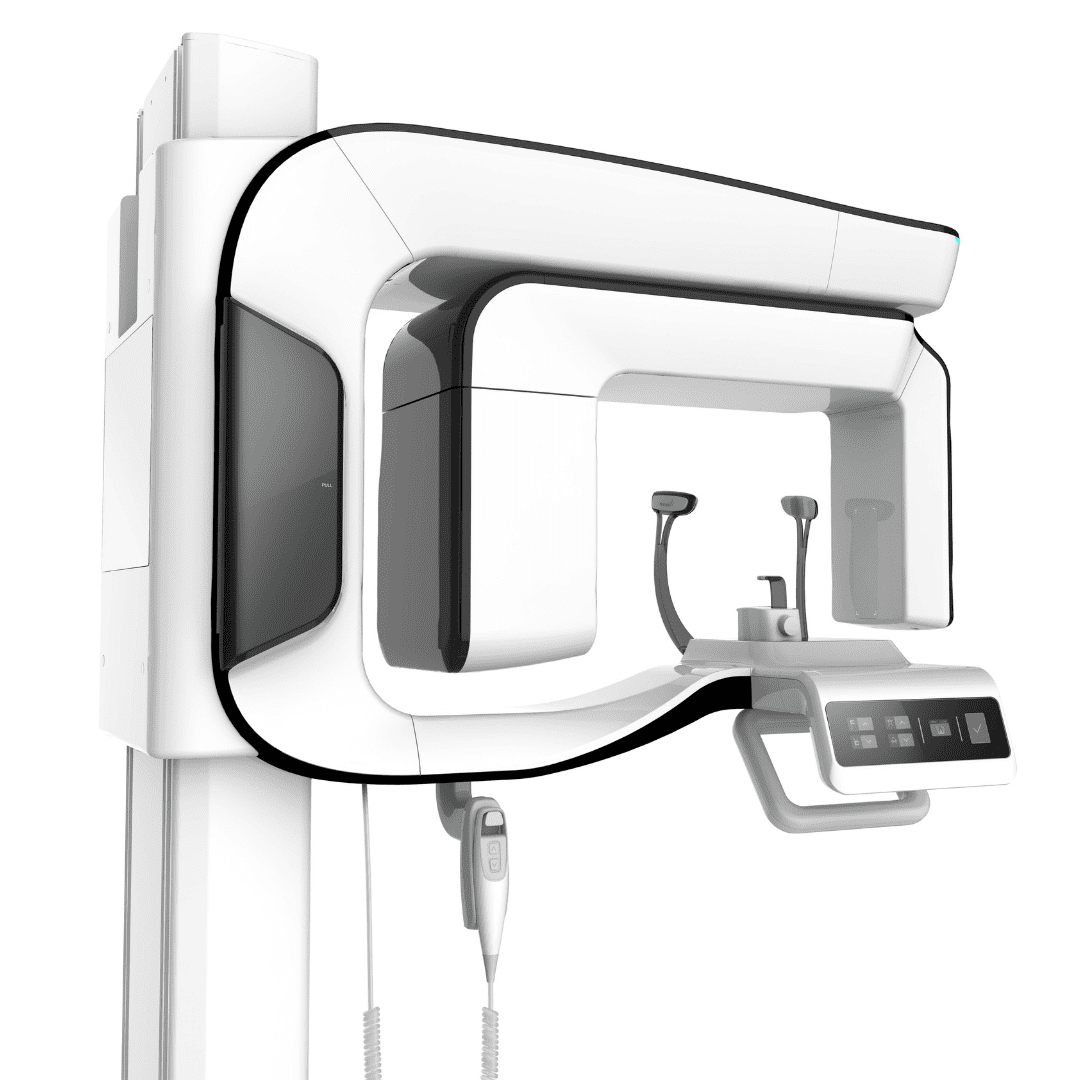PVI inspection is a periodic visual inspection of autoclaves. PVI stands for “Periodic Visual Inspection”. It is a routine check that is performed on autoclaves to verify their physical condition and ensure that they are in good working order. The purpose of the PVI inspection is to identify any visible signs of wear or damage that could affect the performance of the autoclave, such as cracks or corrosion in the chamber or damaged gaskets.
The steps involved in a PVI inspection typically include:
· Visually inspecting the exterior and interior of the autoclave, including the chamber, gaskets, control panel, and electrical systems.
· Verifying that all components are securely fastened and that there are no loose parts; verifying that the autoclave is clean and free of debris.
· Checking for any signs of corrosion, cracks, or other damage.
· Documenting the results of the PVI inspection and certification in partnership with one of the UK’s leading providers of independent pressure system examinations.
It is important to perform regular PVI inspections to ensure that the autoclave is in good working order and to maintain its ability to effectively sterilize equipment and supplies. The frequency of PVI inspections may vary depending on the type and age of the autoclave, as well as the conditions in which it is used; most manufacturers recommend an annual inspection. The results of the PVI inspection should be documented and kept on file for future reference.
Hague Dental Engineers are qualified and experienced to repair, service and validate a full range of decontamination equipment to support your practice and to keep you up and running. Whether you need an emergency repair, an engineer to install a new piece of equipment, or its time for your annual service, we’d be delighted to help.
Supporting surgeries and clinics in Bedfordshire, Berkshire, Buckinghamshire, Cambridgeshire, Derbyshire, Dorset, Essex, Gloucestershire, Greater Manchester, Hampshire, Hertfordshire, Kent, Lancashire, Leicestershire, Lincolnshire, London, Middlesex, Norfolk, Northamptonshire, Nottinghamshire, Oxfordshire, Rutland, Shropshire, South Yorkshire, Suffolk, Surrey, Sussex, Warwickshire, West Midlands, West Yorkshire, Wiltshire, and Worcestershire.




















